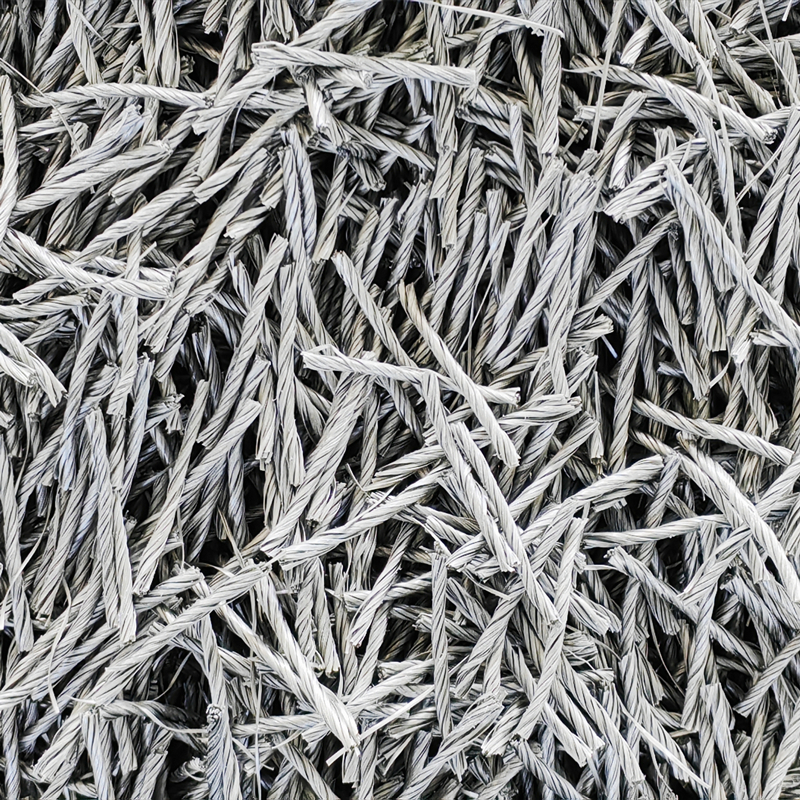Crack resistant fiber VS Steel fiber
Writer: admin Time:2024-07-17 10:03 Browse:
1、 Application and function of anti cracking fibers
Crack resistant fiber is a synthetic fiber made of plastic materials such as polypropylene fiber, which is widely used in building materials. Adding an appropriate amount of anti cracking fibers to concrete can effectively prevent cracking, thereby improving the reliability and durability of concrete structures.
The mechanism of action of crack resistant fibers is to restrain cracks inside the concrete, prevent crack propagation, and thus avoid large-scale cracking of the concrete. Crack resistant fibers are evenly distributed in concrete, with no directionality, and will not affect the strength and toughness of concrete.
2、 Application and Function of Steel Fiber
Steel fiber is a slender fiber made of high-strength steel with a length between 30-50mm. Adding steel fibers to concrete can significantly improve its strength and durability, especially for parts of concrete structures that are subjected to heavy loads and vibrations.
The mechanism of action of steel fibers is to form a three-dimensional mesh structure in concrete, increase the tensile strength and toughness of concrete, and prevent plastic deformation and fracture of concrete. Steel fibers will not be corroded or rusted by water bubbles, and have strong durability.
3、 The difference between crack resistant fibers and steel fibers

1. The application fields are different. Crack resistant fibers are suitable for preventing concrete cracking, while steel fibers are suitable for improving concrete strength and durability.
2. The mechanism of action is different. The mechanism of action of crack resistant fibers is to restrain cracks inside concrete and prevent crack propagation, while steel fibers improve the overall performance of concrete by increasing its tensile strength and toughness.
3. Different morphological features. Crack resistant fibers exhibit a slender and irregular linear shape, while steel fibers exhibit a relatively short length with longitudinal ribs.
4. Fiber distribution varies. The distribution of crack resistant fibers in concrete is relatively uniform and does not have obvious directionality, while steel fibers can be distributed in concrete in a certain direction and have a certain directionality.
In summary, there are significant differences in the application and role of crack resistant fibers and steel fibers in building materials. In practical engineering, suitable fiber materials should be selected according to specific situations to improve the safety and reliability of concrete structures
